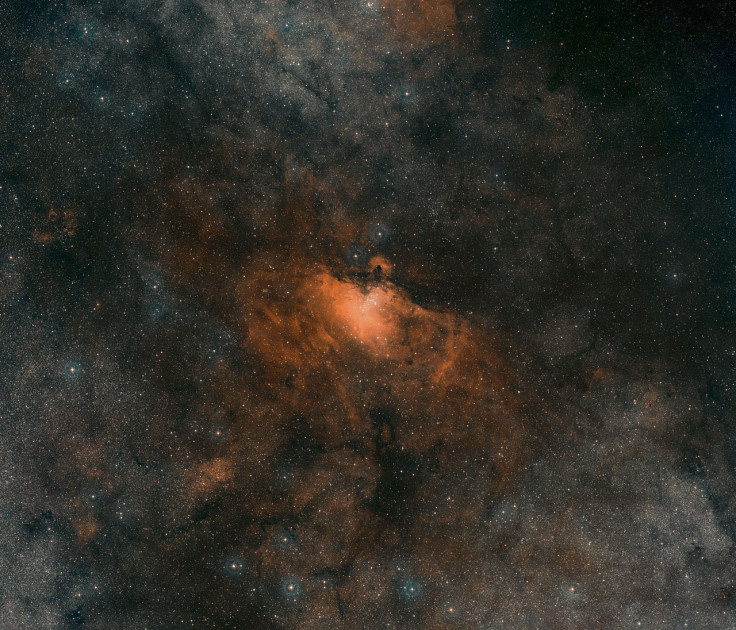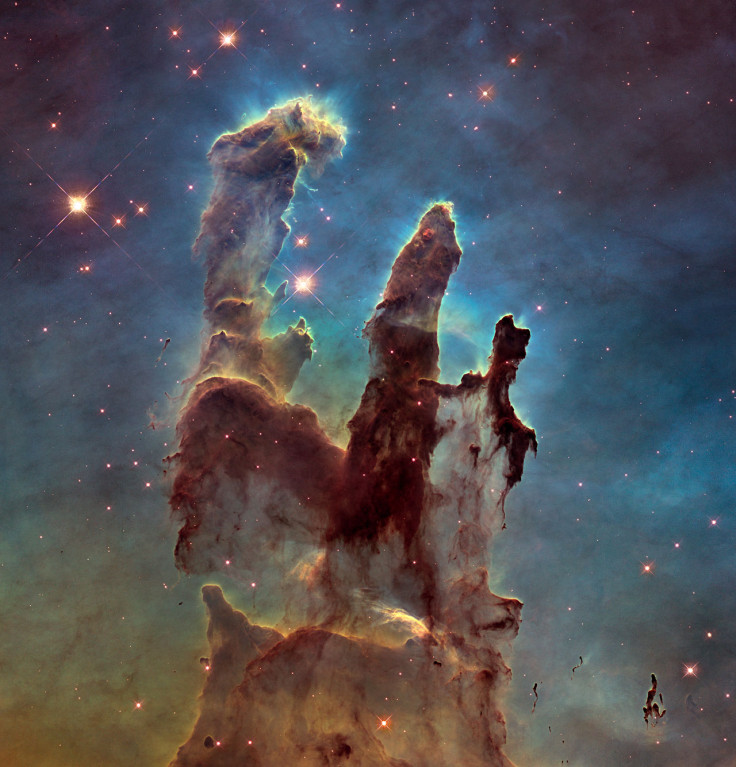Pillars of Creation shown in 3D for the first time
The Pillars of Creation have been shown in 3D for the first time by astronomers at the ESO (European Southern Observatory) using the Very Large Telescope.
The first complete three-dimensional view of the Pillars of Creation shows how the dusty pillars are distributed in space, and provides new details about the structure – for example, it shows a previously unseen jet from a young star.
Located in the Eagle Nebula, Messier 16, about 7,000 light years away, the interstellar dust and gas formation was created from intense radiation and winds, sculpting it over time.

Scientists say the Pillars of Creation will fully evaporate in about three million years. After this, they will become the Pillars of Destruction.
ESO's VTL has been illustrating the ongoing evaporation in detail since the first image was taken of it more than two decades ago.
The Muse instrument shows that the tip of the left pillar faces us, unlike the other pillars. This tip bears the brunt of radiation and appears brighter to us as a result.

"Numerous studies have identified protostars forming in these clouds – they are indeed Pillars of Creation. The new study also reports fresh evidence for two gestating stars in the left and middle pillars as well as a jet from a young star that had escaped attention up to now," ESO said in a statement.
"For more stars to form in environments like the Pillars of Creation, it is a race against time as intense radiation from the powerful stars that are already shining continues to grind away at the pillars."

© Copyright IBTimes 2025. All rights reserved.






















